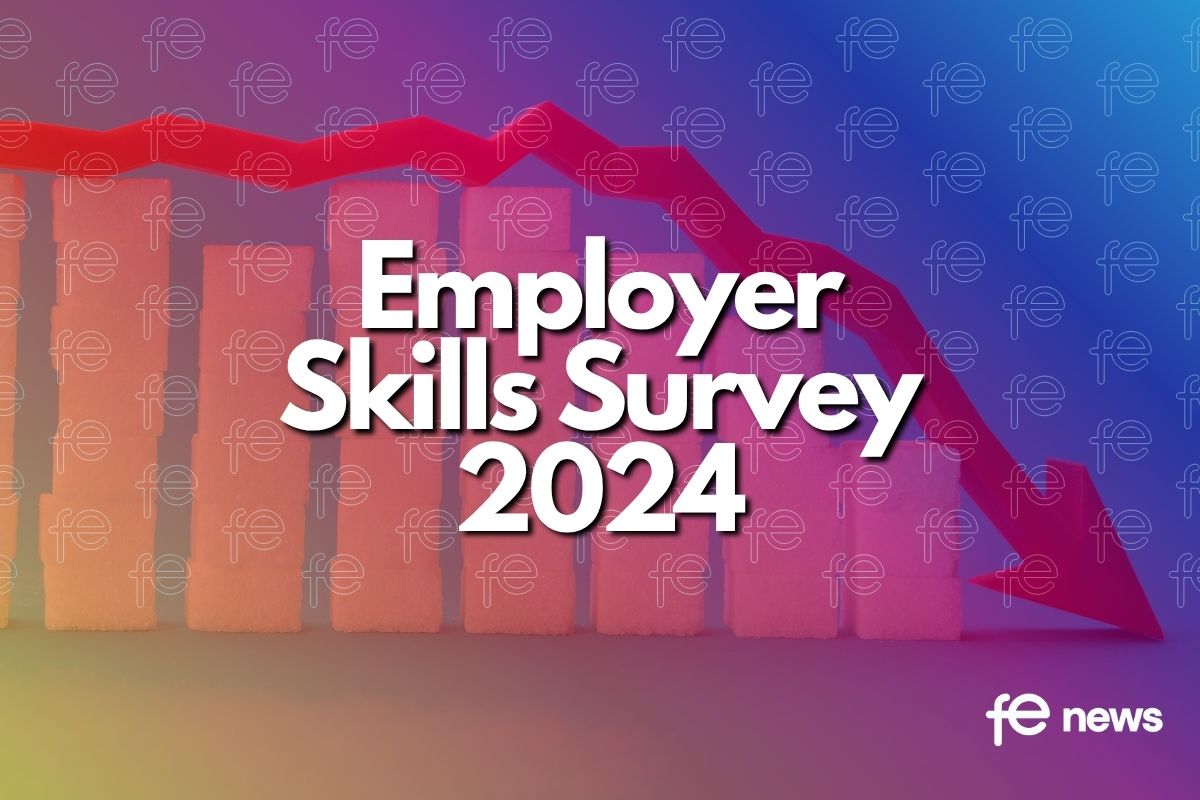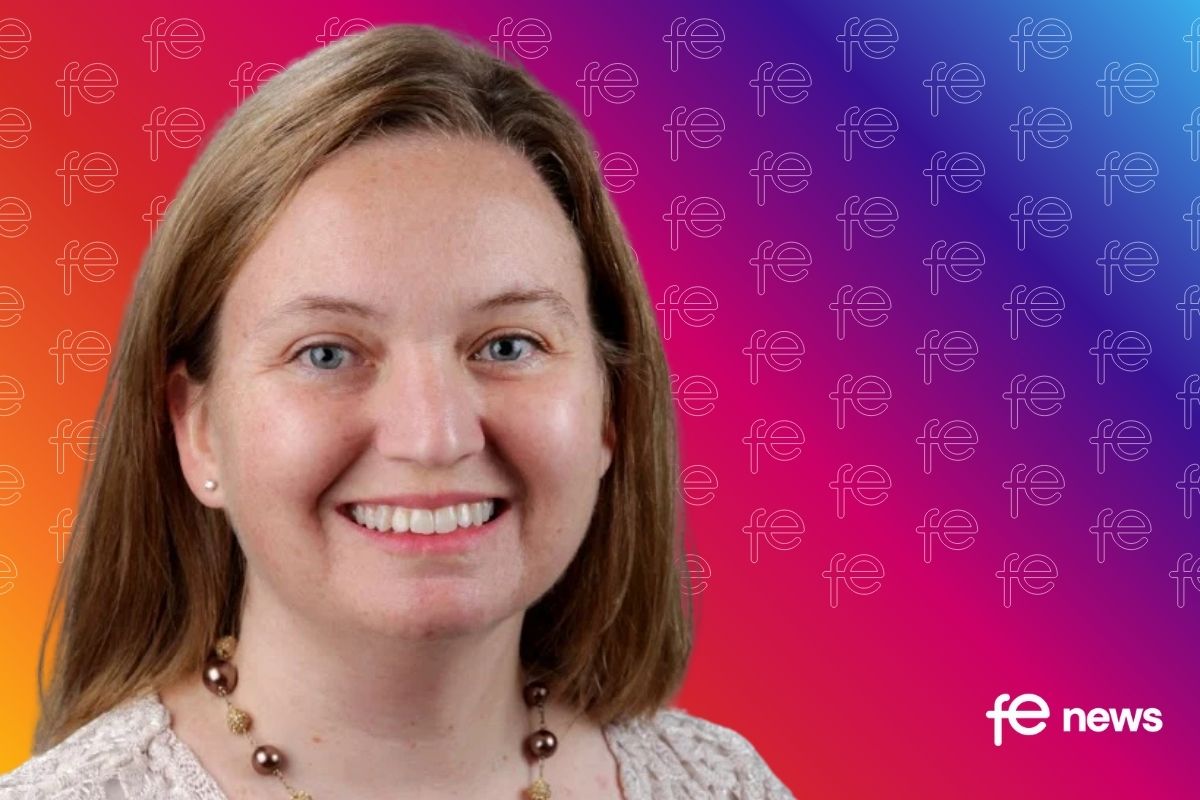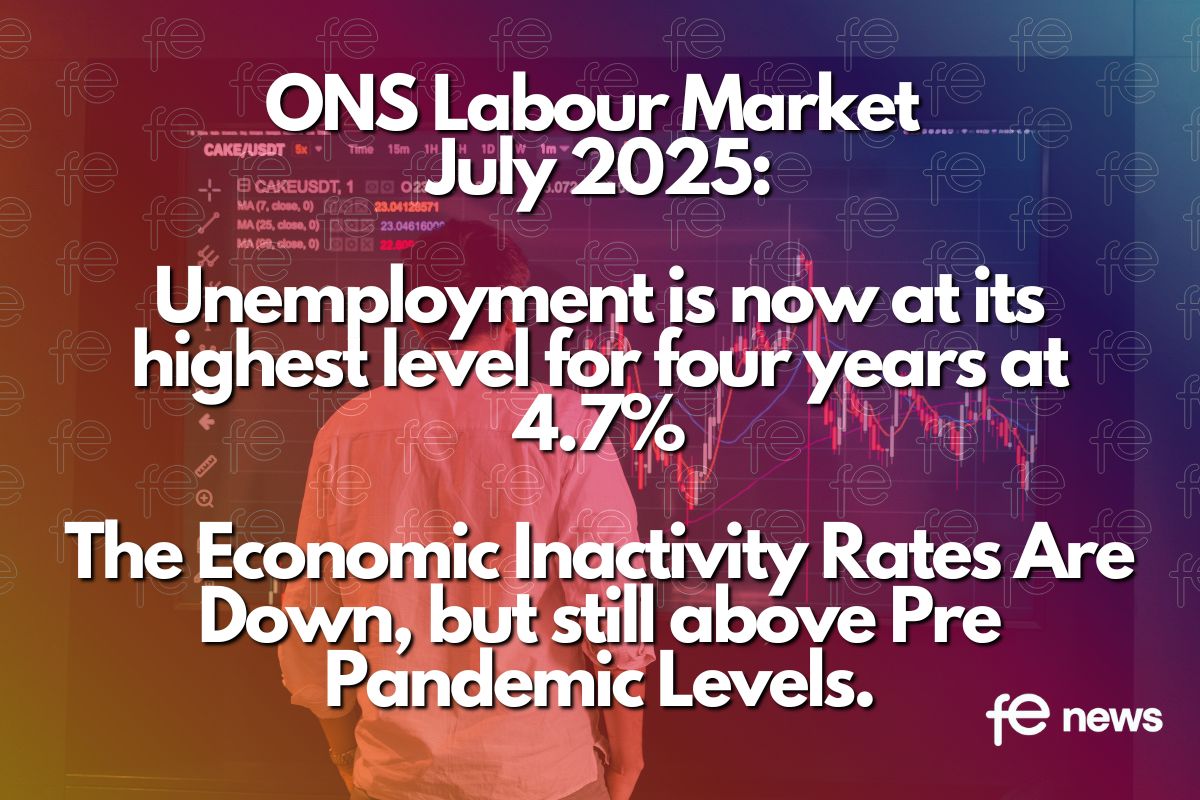Special Educational Needs Do Not End at 16

The reforms to the Special Educational Needs and Disabilities (SEND) system contained in the 2014 Children and Families Act were a once in a generation systemic change for young people and their families.
For the first time, rights and duties were extended from the earliest years to young adulthood, in a new 0-25 system, giving Further Education colleges and providers new statutory obligations.
Post-16 Special Education Needs
The SEND reforms, combined with the raising of the participation age to the 18th birthday, mean that SEND provision does not end at 16. There are increasingly heavy demands on FE – the number of young people with Education, Health and Care Plans (EHCPs) aged 16 to 25 increased from 84,000 to 96,000 between 2018 and 2019.
Whether it is post-16 or post-18/19, the move into further education and training is arguably the least well-developed area of the SEND reforms.
16-18 Year Olds
At some stage between the ages of 16 to 19, these young people and their families will be considering their post-school options. That might be a college place possibly with an element of residential experience, a supported internship, an apprenticeship, or voluntary or paid work.
Leaving school and moving on to something new is both exciting and stressful for any young person, but it can be especially difficult for young people with learning difficulties and/or disabilities, many of whom find change very unsettling. This is further hindered by a funding system that is hard to navigate and lack of information about the full range of options available.
Moving to college (sometimes after 15+ years at the same special school) gives young people a real opportunity for a fresh start; it means making new friends, having new experiences, learning new skills, and experiencing and overcoming new challenges. For many young people it is the ideal stepping- stone from school into adult life.
Expectations for what can be achieved in this last – and shortest – phase of education are rightly set high. The impact of high-quality further education for learners with SEND can be enormous – for the young people themselves, for their families, and for wider society.
But currently there are a number of issues getting in the way. What are they – and how might we resolve them?
Education, Health and Care Plans
EHCPs should be well- constructed, based on realistic and personal aspirations, and contain aspirational and specific outcomes. Evidence collected by numerous reviews, the most recent being the Education Select Committee SEND Inquiry, demonstrates that the vast majority are not. Natspec has recommended that DfE introduce a new national EHCP template and better guidance for writing Plans. Timeliness of assessment and finalisation for plans is also an issue; for new EHCPs, SEN stats published by DfE in 2019 show that only 60% were issued within the statutory 20 week deadline in 2018.
Local Authorities
Local authorities are required to inform families with a full range of options and services on their Local Offer websites. With LAs unfamiliar with the FE landscape, and many being unwilling to fund places outside their own area, many colleges and training providers are not included within Local Offers.
An Ofsted thematic report in 2016 reviewed 20 Local Offer websites, and found 16 which “failed to provide sufficiently detailed information…”. This lack of information was a particular problem for those young people with more complex or profound learning difficulties or disabilities”. Natspec’s own research in 2019 found over half of Local Offers did not list specialist colleges as an option, and mainstream colleges were often hard to locate on websites.
Timeliness Decision Making
The proportion of post-school placements that are confirmed before the March 31 legal deadline each year is tiny.
Specialist colleges are reporting that less than 10% of places are confirmed by June, and many students are left in limbo (with all the increased anxiety that results) into August, September or even later. Natspec would like to see LAs working with all post-16 providers to look at supply and demand, develop strategic plans and work jointly across regional areas to account for FE travel patterns and specialist centres.
Quality Provision
All providers should offer a good range of learning opportunities for students with SEND to meet their needs and interests and build on their strengths. Colleges should have rigorous systems for assuring quality, especially if the learning programme is not accredited, and be providing support that prepares the young person to be increasingly independent, including through use of technology (Natspec’s TechAbility programme brings together the best examples of this).
High Aspirations
And finally, all post-16 and post-19 study programmes should have high aspirations and be based on outcomes.
What kind of adult does the young person want to become? What personalised programme of learning is needed to help them get there? The late teenage and early adult years are critical in determining levels of independence and success in adulthood. And the right education at this stage can save the public purse millions later in life.
Clare Howard, Chief Executive, Natspec
No 16-18 Year Old Left BehindThe Spring Budget in March and Spending Review in the summer will be pivotal moments to see if the government will prioritise funding for the education and training of 16-18 year olds compared to other phases of the English system. These will be against a background of reported 5% cuts in departmental spending and the apprenticeship budget facing overspend. The recent falls in the number of 16-18 year olds starting apprenticeships will also cause concern of a rise in the young people not in education, employment or training (NEET). In this #No1618LeftBehind mini-series, leading authorities from across the education sector offer policies and measures to help the new Government level-up education and training opportunities for all 16-18 year olds in England: No 16-18 Year Old Left Behind – wherever they live. The authors are:
|











Responses